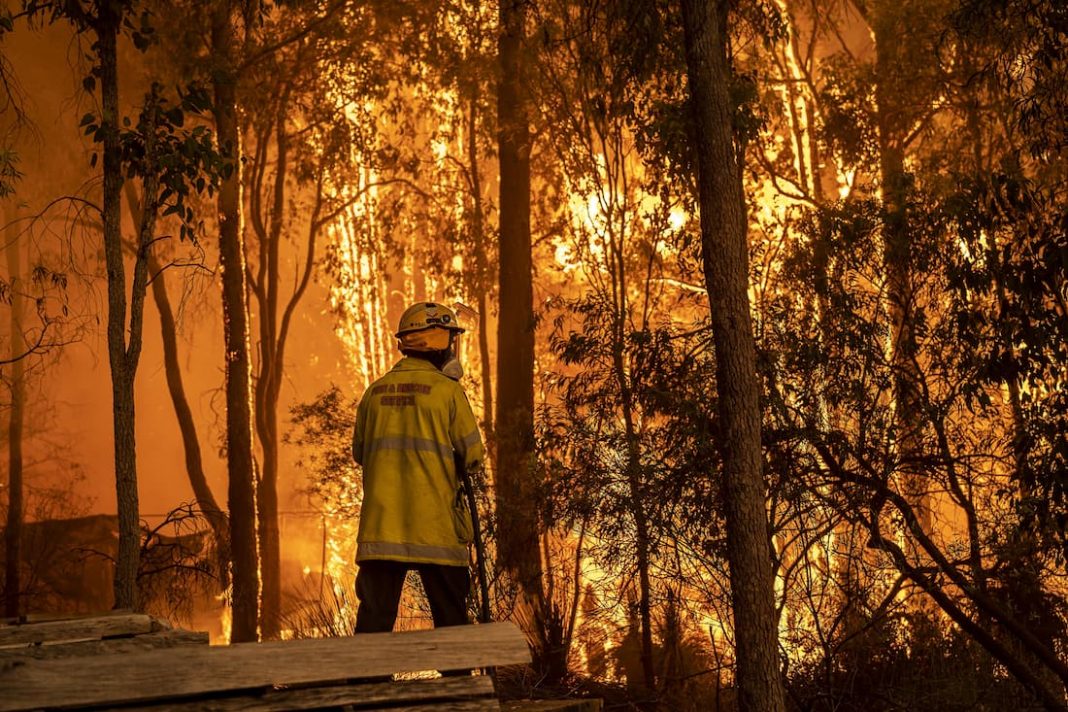Much of Australia has been hit by heavy rains and flooding, but as the weather warms up and the vegetation dries out, the fire risk will increase.
The Australasian Fire and Emergency Service Authorities Council released its seasonal bushfire outlook for summer in 2022 on Tuesday.
The outlook suggests an above normal fire potential is expected in central western and southern WA, central Australia, southern Queensland and inland NSW due to increased fuel loads as a result of significant rainfall.
Areas across Victoria, New South Wales and the ACT are expected to have below normal fire potential because of increased fuel moisture, the continued wet outlook and reduced fuel loads following the 2019-2020 bushfire season.
Despite the saturated soils at the beginning of summer, Victoria’s Emergency Management Commissioner Andrew Crisp says the risk of grass fires could increase later in summer as it dries out, especially given the significant growth already evident across the state.
His concerns were echoed by Country Fire Authority Chief Officer Jason Heffernan who said Victoria is one of the most fire-prone regions in the world.
“Even an average fire season can have devastating consequences,” Mr Heffernan told reporters on Tuesday.
Tasmanian Fire Service Chief Officer Dermot Barry said while most of his state could expect normal fire potential, parts of the southwest have been drier than the rest of the state for some time.
“The flammability of peat soils, moorlands, scrubs, and heaths are predicted to be greater than normal in these areas,” he said in a statement on Tuesday.
“Lightning strikes in these areas may ignite fires which could be difficult to control.”
He said when grassy fuel types begin to dry out in January, Tasmanians can expect fast moving grass fires to occur.
Council chief executive Rob Webb said while most of Australia shows normal fire potential during the summer outlook period, destructive and deadly fires can still occur during normal bushfire seasons.
“This outlook shows a diversity of fire risk this season, which reflects the diversity of Australia’s landscape,” he said.
“As we enter summer, we will use this outlook to guide our operational and strategic planning, and jurisdictional fire and emergency services will continue to monitor local conditions.”
The seasonal outlook was developed in consultation with fire agencies and emergency services across Australia.



